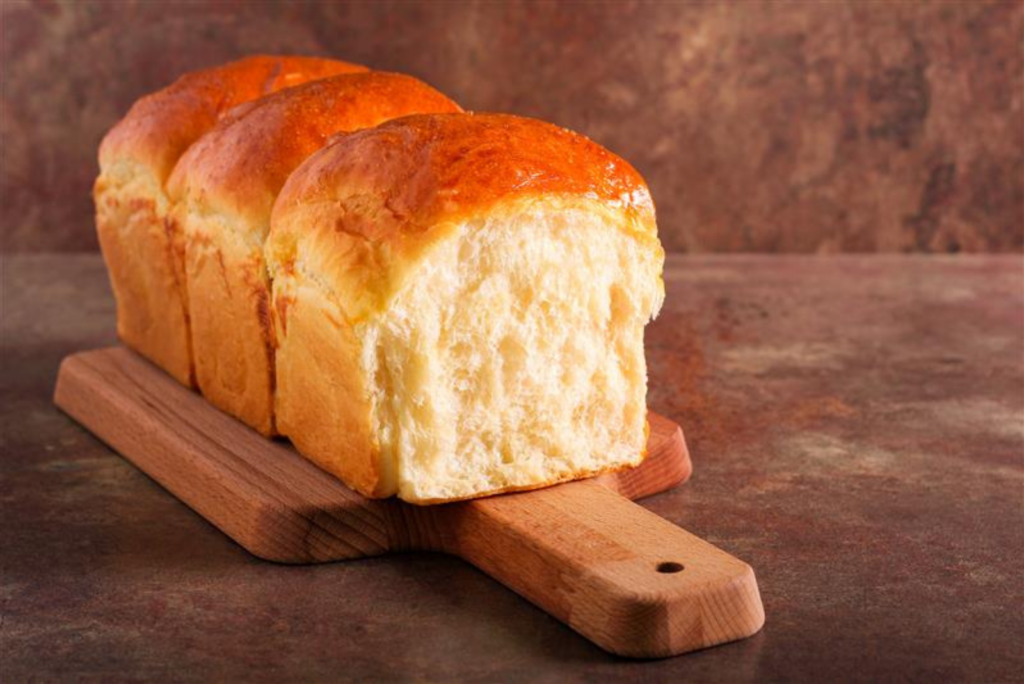KANSAS CITY, MO — Finding new ways to prolong the shelf life of bread and other baked goods while maintaining that just-baked taste and fresh-from-the-oven texture — not to mention peak nutritional value — is a challenging endeavor. But for bakers up for the tricky task, hurdle technology might unlock the key to success.
Hurdle technology utilizes a combination of mild, reliable food preservation techniques to combat microbial spoilage while maintaining a high level of product quality, safety and stability. Applying hurdle technology along with predictive microbiology and Hazard Analysis Critical Control Point (HACCP) principles can optimize the food manufacturing and preservation process.
One might think of hurdle technology as an obstacle course for microorganisms, and it’s the job of the course designers — formulators, engineers and manufacturers — to create a series of hurdles that prevent any single microorganism from getting through to the end. This multi-targeted approach is an effective way to ensure food safety and extend shelf life without sacrificing product quality.
Keep in mind, this is a relatively new concept. The term “hurdle” was coined by professors Lothar Leistner and Grahame Gould in 1976. The phrase “hurdle technology” was later derived by Leistner in 1985.







